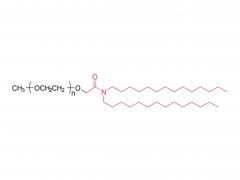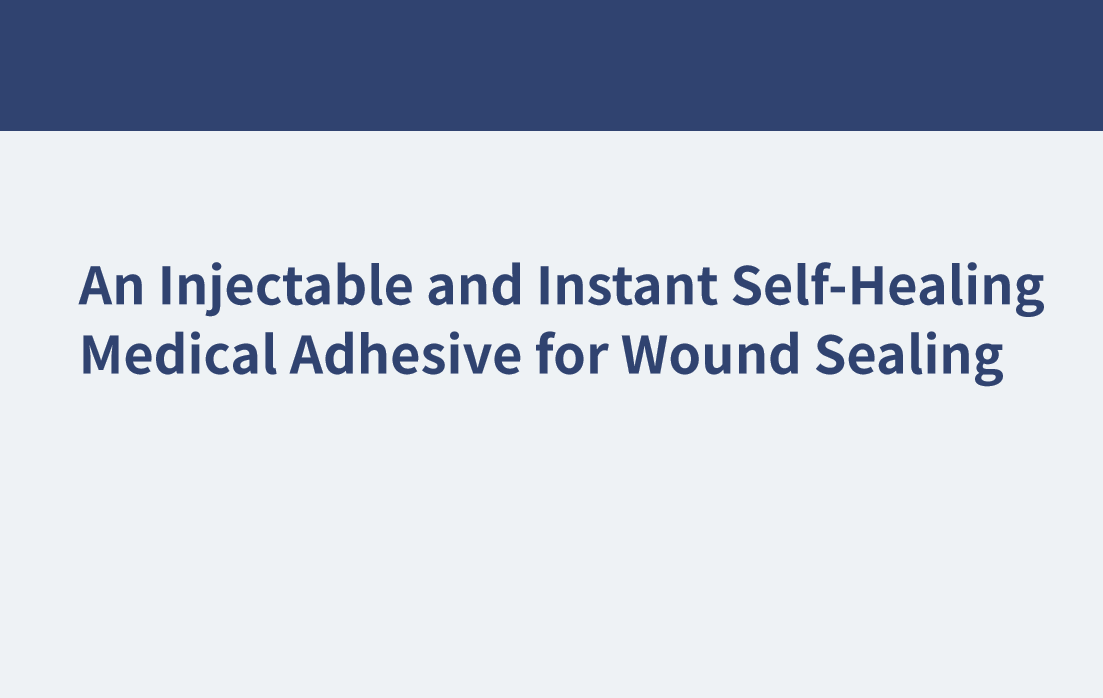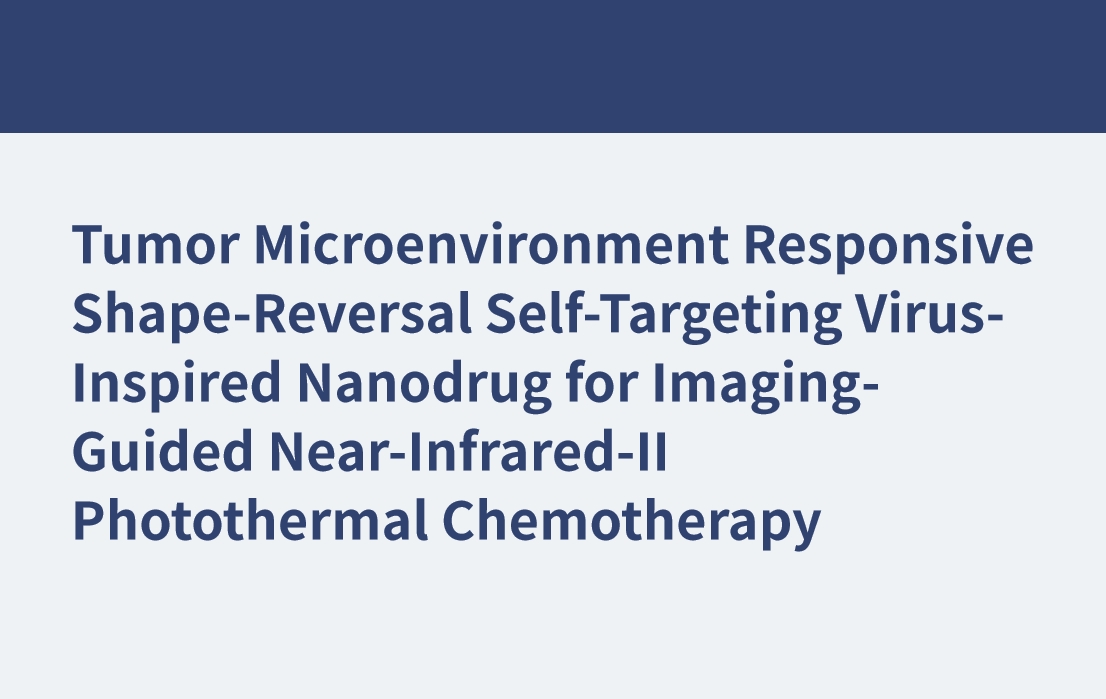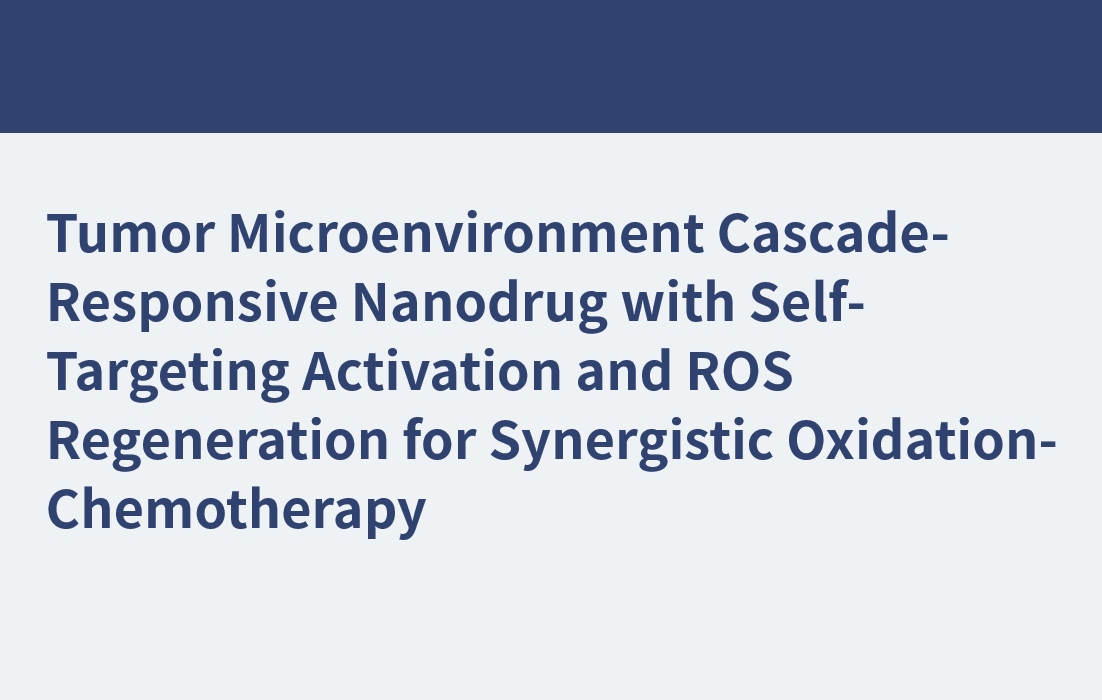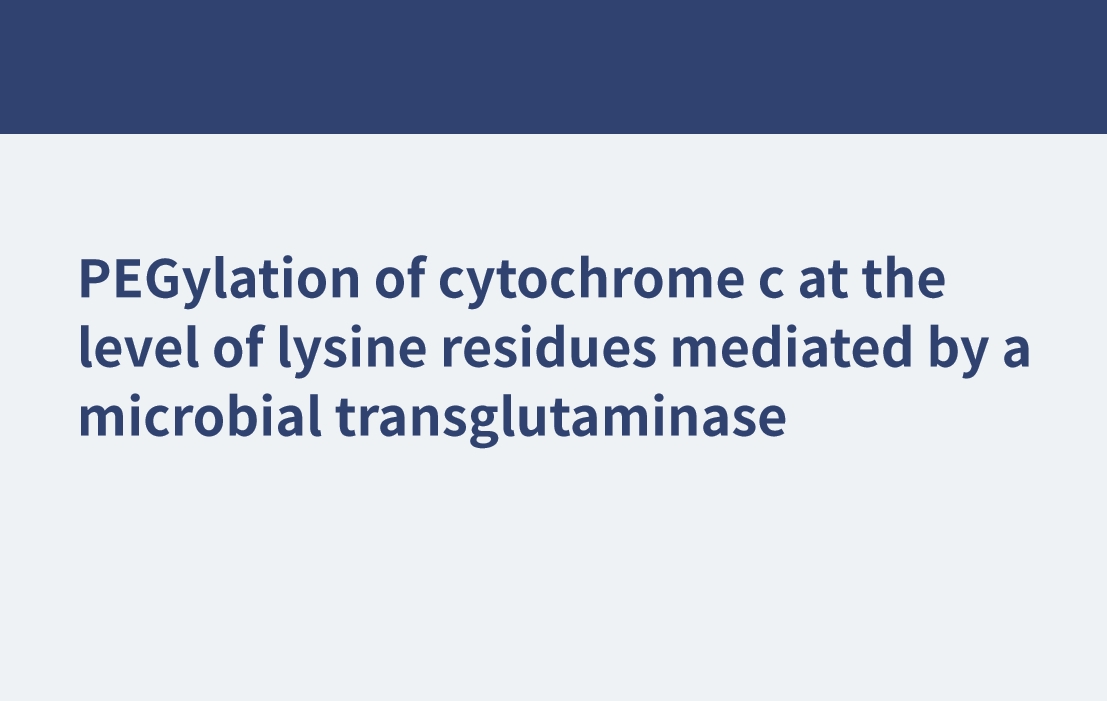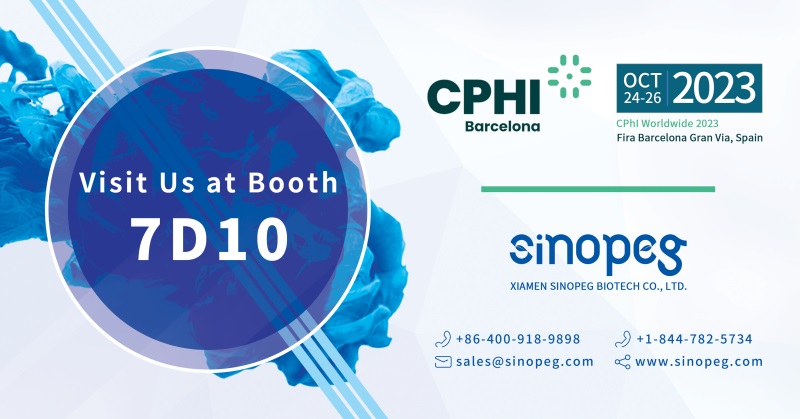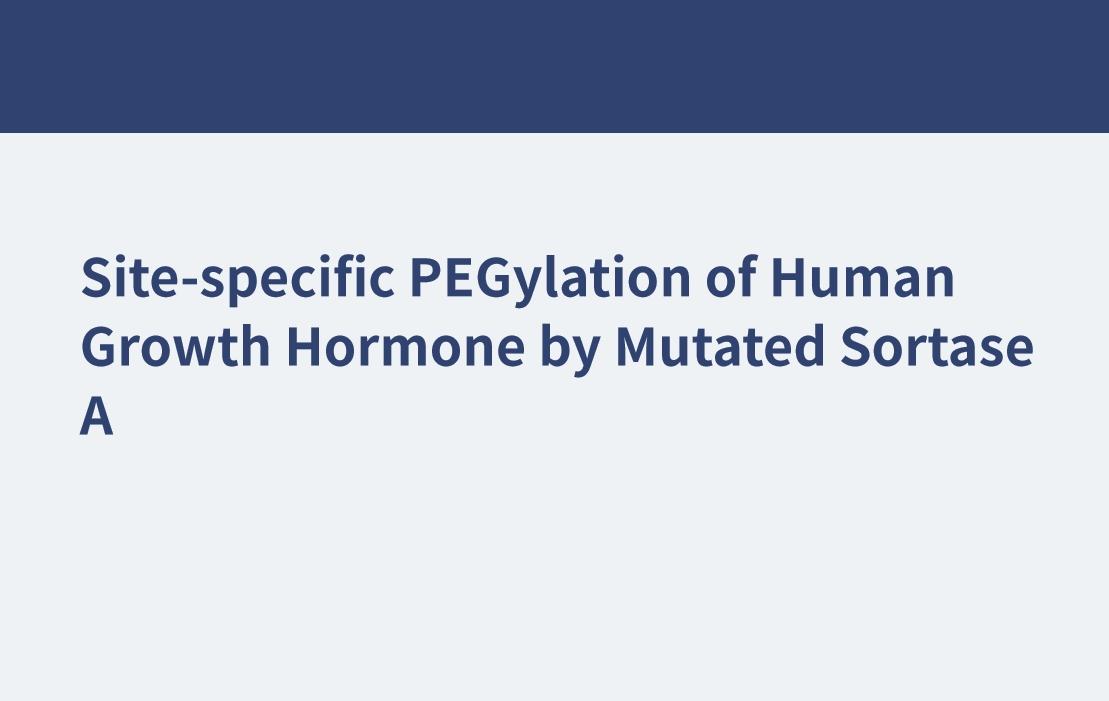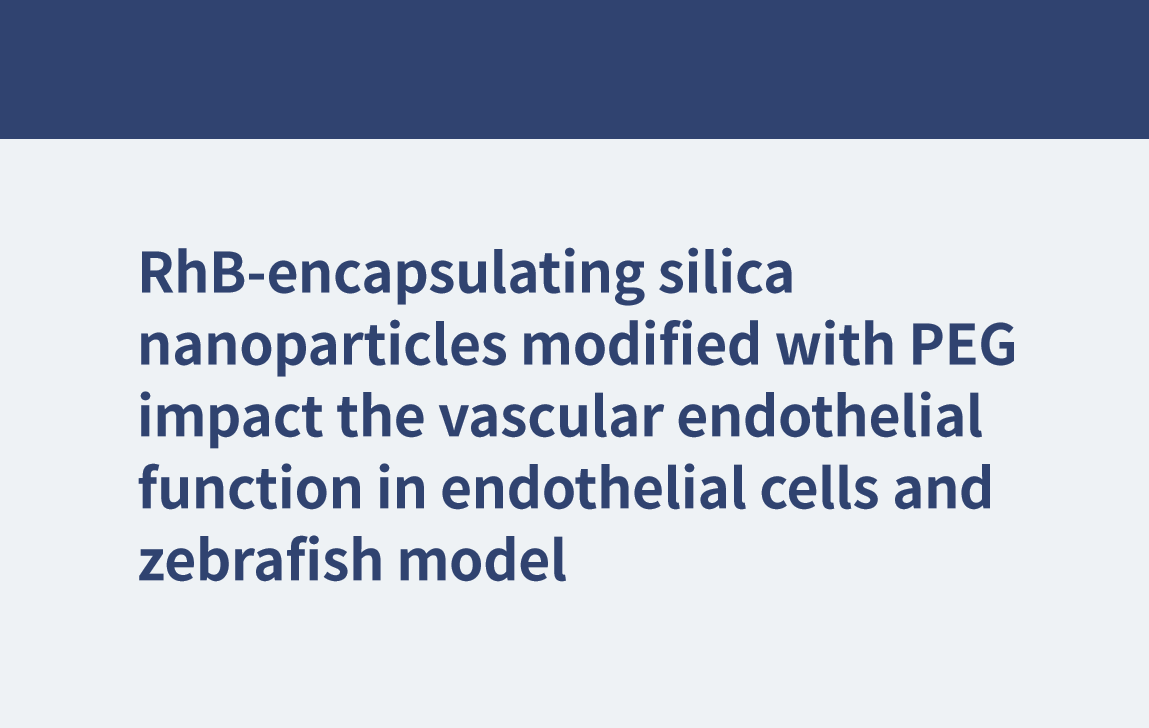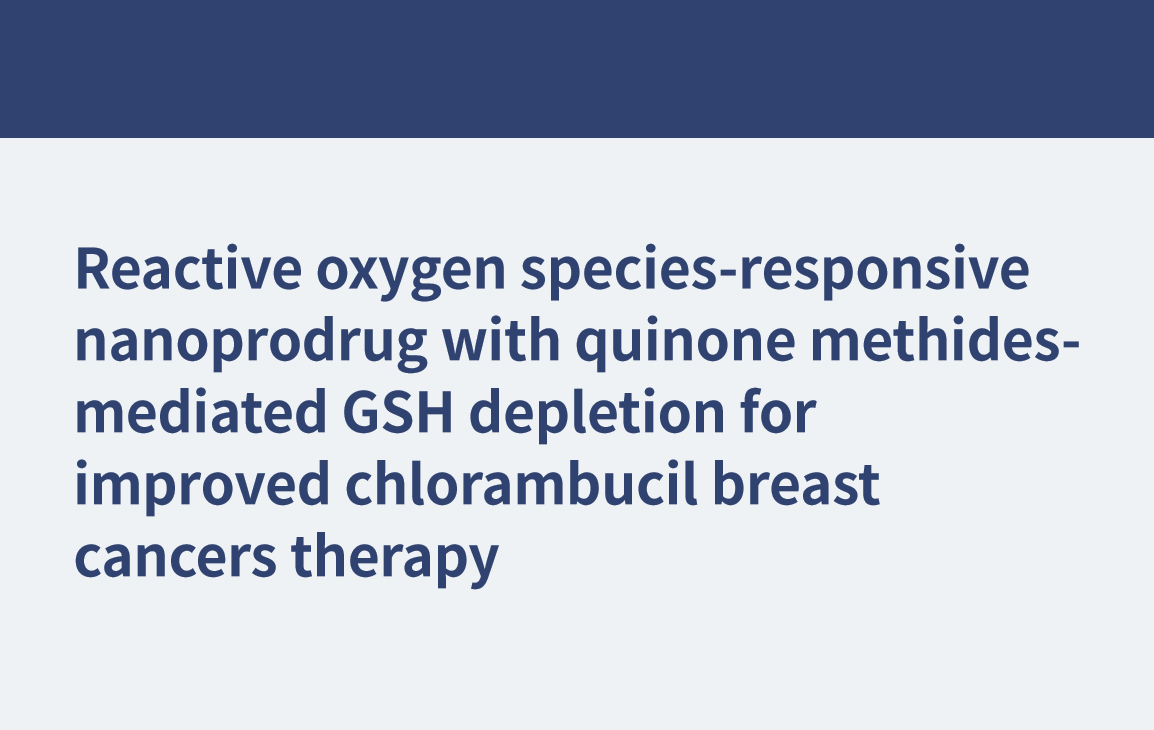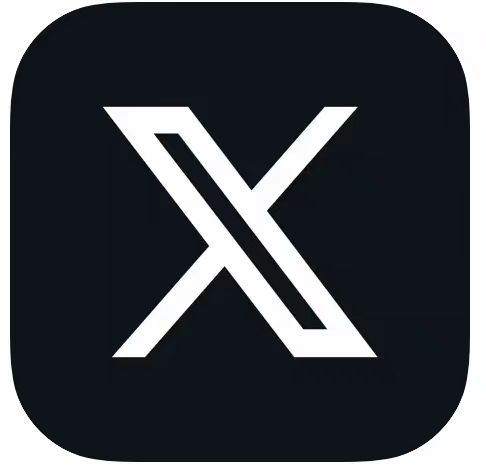ACS Appl Mater Interfaces. 2020 Feb 26;12(8):9132-9140. doi: 10.1021/acsami.0c01022. Epub 2020 Feb 14. An Injectable and Instant Self-Healing Medical Adhesive for Wound Sealing Feifei Sun 1, Yazhong Bu 1, Yourong Chen 2, Fei Yang 1, Jiakuo Yu 2, Decheng Wu 1 3 Abstract Designing versatile functional medical adhesives with injectability, self-healing, and strong adhesion is of great significance to achieve desirable therapeutic effects for promoting wound sealing in healthcare. Herein, a self-healing injectable adhesive is fabricated by physical interaction of polyphenol compound tannic acid (TA) and eight-arm poly(ethylene glycol) end-capped with succinimide glutarate active ester (PEG-SG). The hydrogen bonding induced from the structural unit (-CH2-CH2-O-) of PEG and catechol hydroxyl (-OH) of TA, accompanied by ester exchange between N-hydroxysuccinimide (-NHS) and amino (-NH2) of proteins, contributes to self-healing ability and rapid strong adhesion. Notably, the PEG/TA adhesive can repeatedly adhere to rigid porcine tissues, close the coronary artery under a large incision tension, and bear a heavy load of 2 kg. By exhibiting shear-thinning and anti-swelling properties, the PEG/TA adhesive can be easily applied through single-syringe extrusion onto various wounds. The single-channel toothpaste-like feature of the adhesive ensures its storage hermetically for portable usage. Moreover, in vivo operation and histological H&E staining results indicate that the PEG/TA adhesive greatly accelerates wound healing and tissue regeneration in a rat model. With the specialty of injectability, instant self-healing, and long-lasting strong adhesion to facilitate excellent therapeutic effects, the multifunctional PEG/TA adhesive may provide a new alternative for self-rescue and surgical situations. Keywords: adhesive; poly(ethylene glycol); self-healing; single channel/injectable; wound sealing. Related products Abbreviation: mPEG-OH Name: Methoxypoly(ethylene glycol) Abbreviation: mPEG-NH2 Name: Methoxypoly(ethylene glycol) amine Abbreviation: mPEG-SH Name: Methoxypoly(ethylene glycol) thiol For more product information, please contact us at: US Tel: 1-844-782-5734 US Tel: 1-844-QUAL-PEG CHN Tel: 400-918-9898 Email: sales@sinopeg.com
View More







